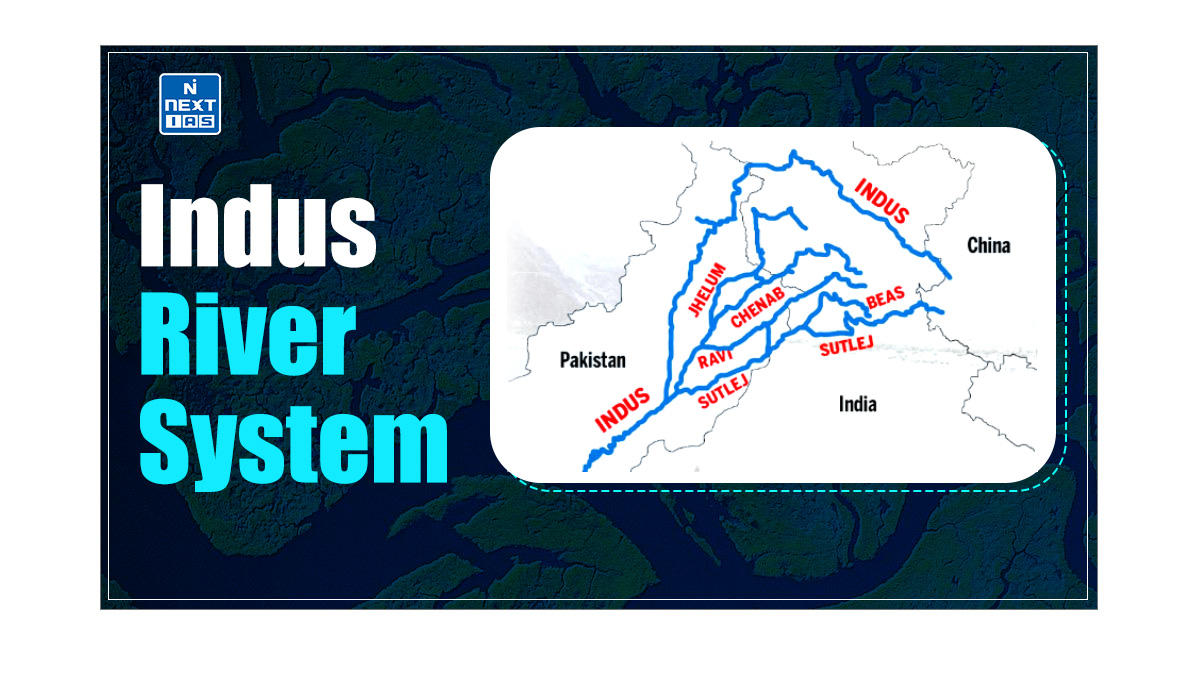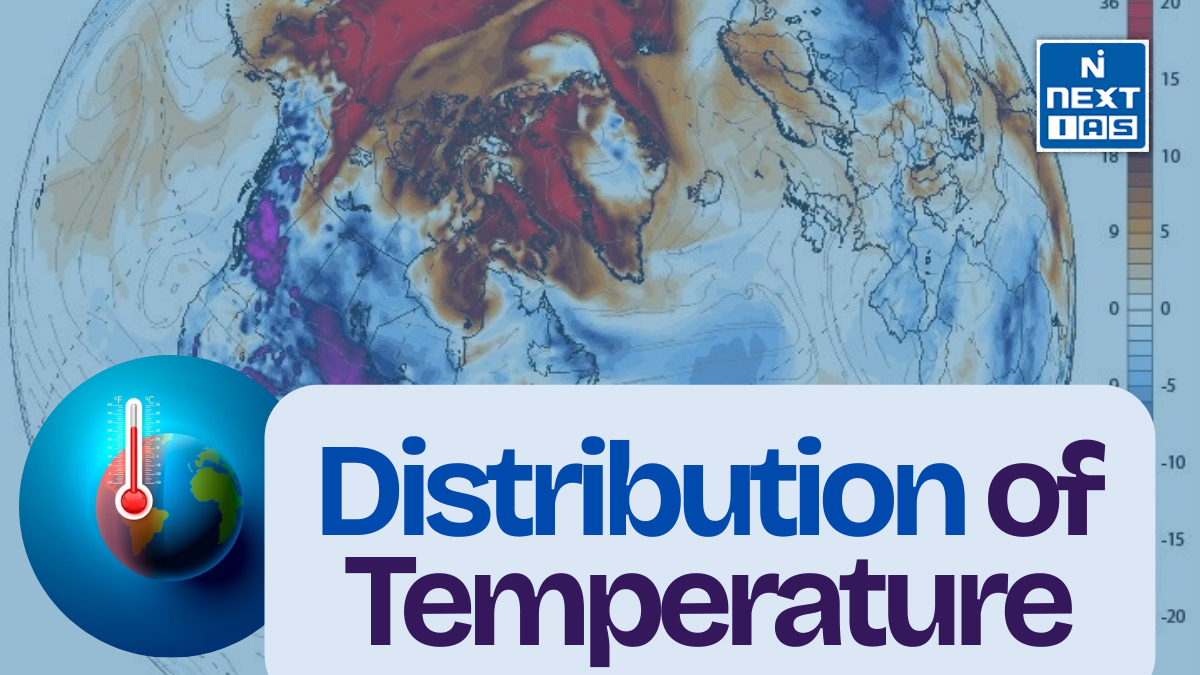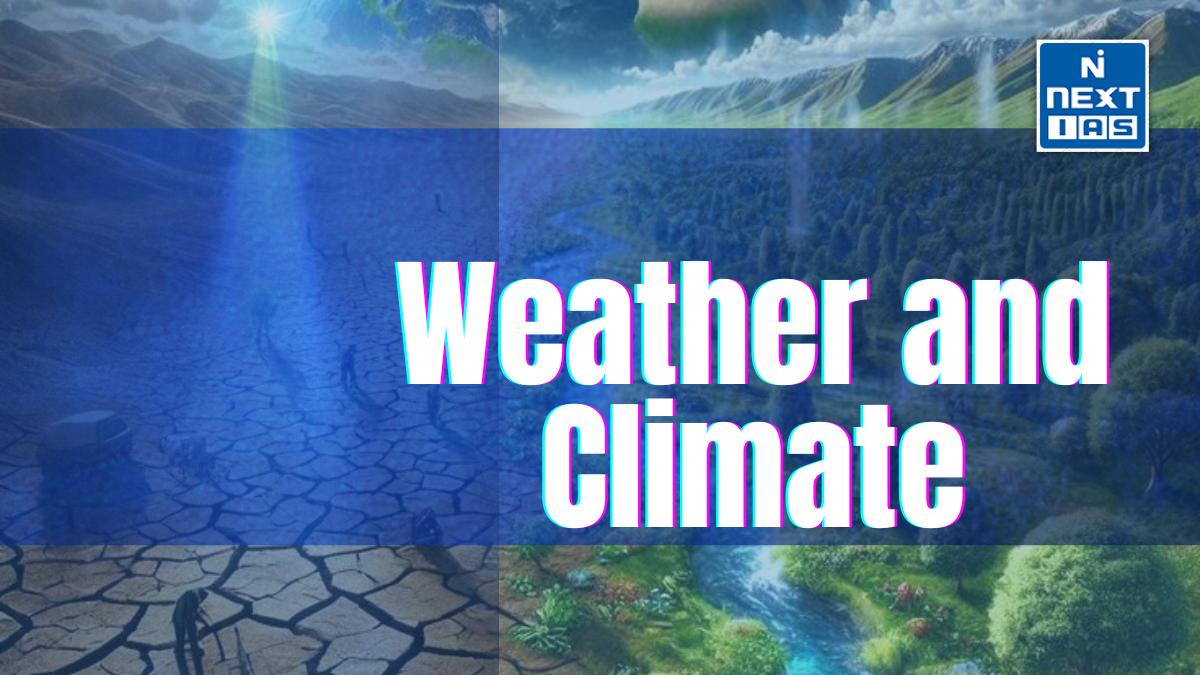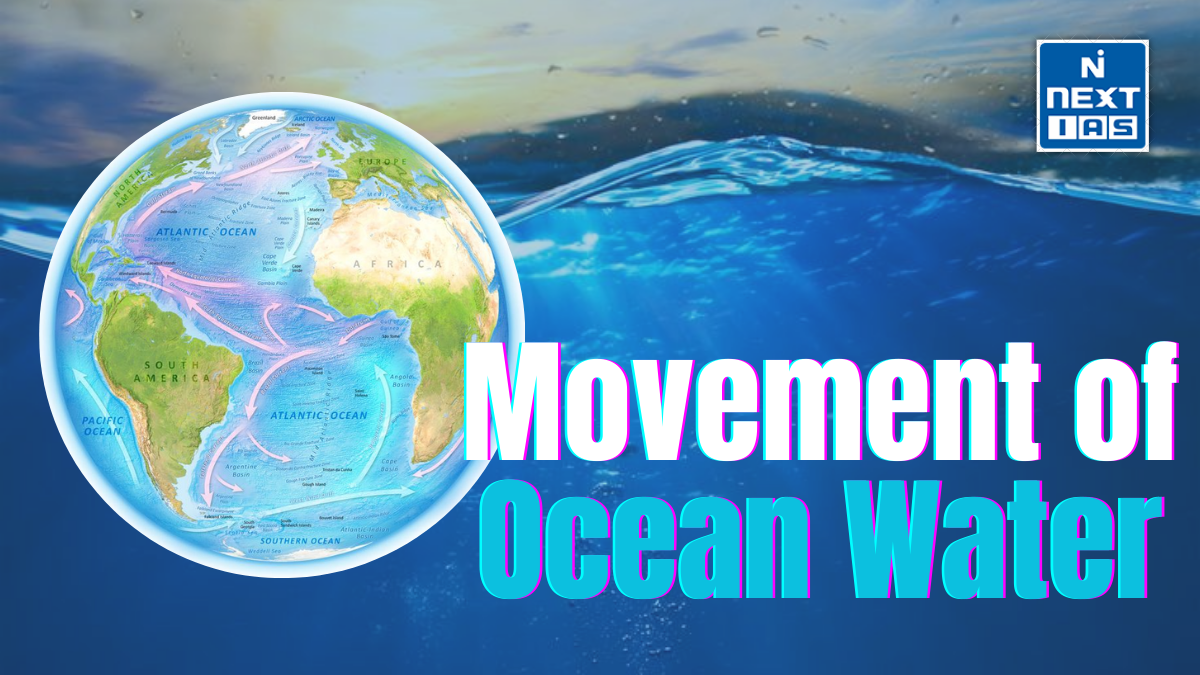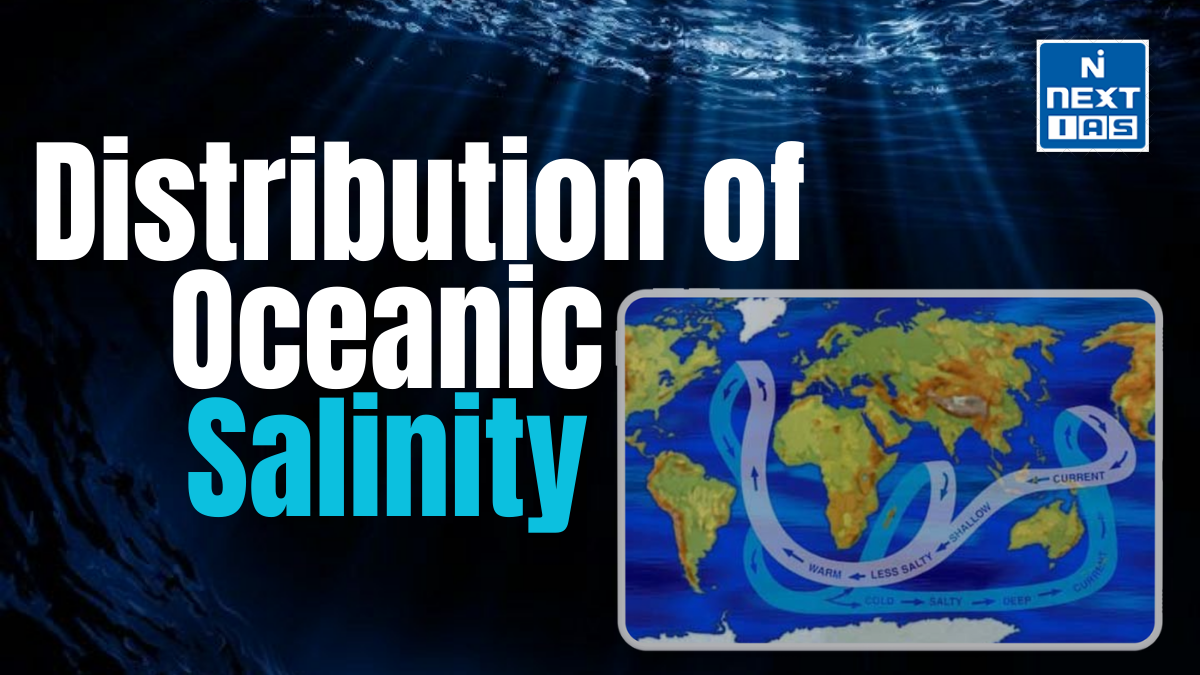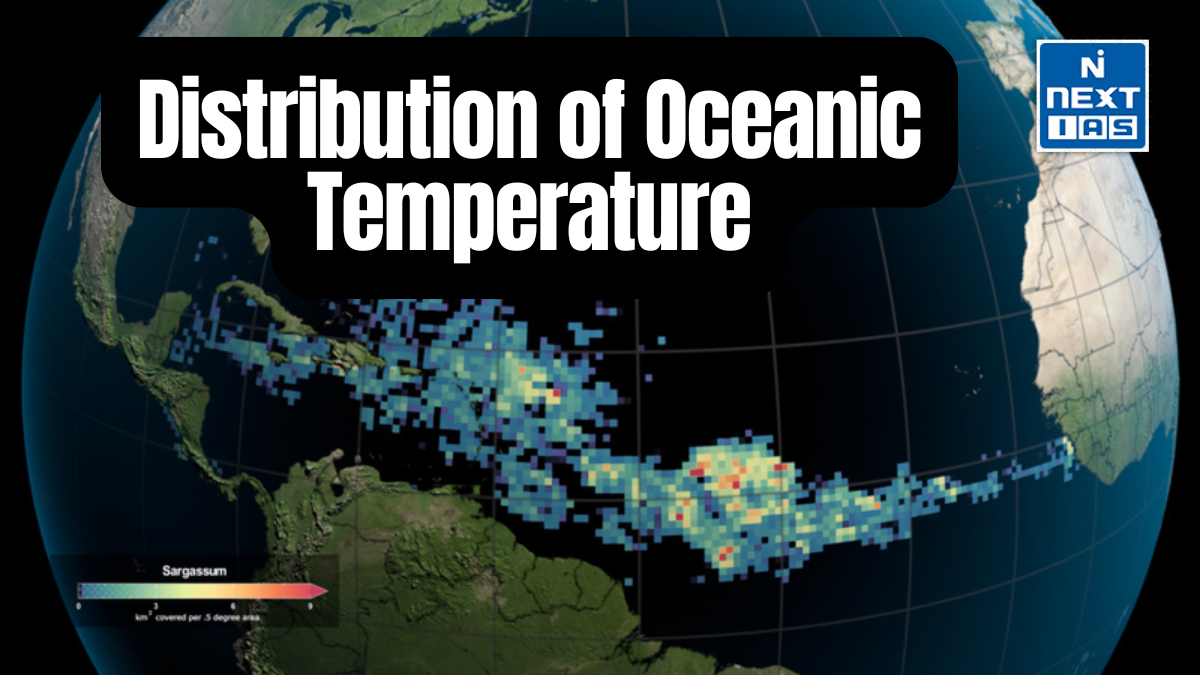
Geomorphic processes are natural mechanisms that shape the Earth’s surface through the movement of landforms and materials. These processes, including erosion, weathering, transportation, and deposition, are driven by forces like wind, water, ice, and tectonic activity. Understanding geomorphic processes helps explain landscape evolution and geological features.
About The Geomorphic Processes
Geomorphic processes are the natural forces that shape the Earth’s surface, constantly transforming landscapes over time. These processes are driven by physical, chemical, and biological factors and include erosion, weathering, transportation, and deposition.
- Erosion involves the removal of rocks and soil by wind, water, or ice, shaping landforms like valleys, cliffs, and canyons.
- Weathering is the breakdown of rocks due to chemical, physical, or biological factors, such as temperature changes, plant growth, or acid rain.
- Transportation refers to the movement of weathered material, typically by water, wind, or glaciers, often leading to the formation of riverbeds or sand dunes.
- Deposition occurs when these transported materials settle in new locations, forming features like deltas, beaches, and floodplains.
These processes are influenced by both external forces like climate and weather, and internal factors like tectonic activity, driving the continuous evolution of the Earth’s surface and shaping diverse landforms over time.
Types of Geomorphic Processes
Geomorphic processes are natural mechanisms that shape and modify the Earth’s surface. These processes are classified based on their origin and the type of forces involved. They are generally categorized into the following types:
Endogenic Processes
These are internal processes that originate within the Earth and are driven by energy from the Earth’s interior. They generally cause landform creation and vertical or horizontal movements.
- Examples:
- Tectonic Activities: Folding, faulting, and volcanic activity.
- Isostatic Adjustments: Movements caused by the redistribution of mass (e.g., glacial rebound).
- Earthquakes: Sudden movements due to tectonic plate shifts.
Exogenic Processes
These are external processes that occur on or near the Earth’s surface and are driven by external forces such as the atmosphere, water, and gravity. They mostly result in the weathering and erosion of existing landforms.
- Examples:
- Weathering: Physical, chemical, and biological breakdown of rocks.
- Erosion and Transportation: Removal and movement of materials by wind, water, ice, and gravity.
- Mass Wasting: Movement of soil and rock downslope under gravity (e.g., landslides).
Fluvial Processes
These are associated with rivers and streams.
- Examples:
- Erosion by flowing water.
- Transportation of sediment.
- Deposition forming floodplains and deltas.
Aeolian Processes
These involve wind action, primarily in arid and semi-arid regions.
- Examples:
- Deflation (removal of loose particles).
- Abrasion (surface wearing by particles carried by wind).
- Deposition forming dunes.
Glacial Processes
These involve the action of glaciers and ice sheets.
- Examples:
- Glacial erosion (plucking and abrasion).
- Deposition of moraines and outwash plains.
Marine Processes
These are associated with the action of ocean and sea waves.
- Examples:
- Coastal erosion forming cliffs and wave-cut platforms.
- Sediment deposition forming beaches, spits, and bars.
Biological Processes
These are caused by the activities of organisms, including plants, animals, and humans.
- Examples:
- Plant roots causing weathering.
- Coral reef formation.
- Human-induced changes like mining and deforestation.
Each of these processes operates over varying spatial and temporal scales and often interacts with others to create diverse landforms and landscapes. Let me know if you’d like detailed examples or diagrams.
Significance of Geomorphic Processes
Geomorphic processes are critical in shaping the Earth’s surface and influencing both natural systems and human activities. Their significance can be understood from various perspectives:
Formation of Landforms
- Geomorphic processes are responsible for the creation of diverse landforms such as mountains, valleys, plateaus, plains, deltas, dunes, and caves.
- These landforms shape the Earth’s physical appearance and influence ecosystems and biodiversity.
Resource Distribution
- Geomorphic processes determine the location and availability of natural resources like minerals, soil, water, and fossil fuels.
- For example, fluvial processes deposit fertile alluvium in river plains, while tectonic processes can expose mineral-rich areas.
Soil Formation
- Weathering processes break down rocks into smaller particles, forming soil.
- The type and quality of soil depend on the underlying geomorphic processes, which are essential for agriculture and vegetation.
Water Cycle and Storage
- Geomorphic processes shape watersheds, river systems, and groundwater aquifers, crucial for the hydrological cycle.
- Glacial processes store water in ice, which feeds rivers and lakes upon melting.
Hazards and Risks
- Processes like earthquakes, landslides, volcanic eruptions, and coastal erosion can lead to natural hazards.
- Understanding these processes helps mitigate risks and design effective disaster management strategies.
Biodiversity and Ecosystem Formation
- The variety of landforms and soils resulting from geomorphic processes creates diverse habitats for plants, animals, and microorganisms.
- Coastal landforms, for instance, provide critical habitats for marine life, while mountainous regions support unique ecosystems.
Human Settlements and Activities
- Geomorphic processes influence the location and development of human settlements.
- Flat plains formed by fluvial processes are preferred for agriculture and urbanization, while mountainous areas may pose challenges.
Cultural and Aesthetic Value
- Landscapes created by geomorphic processes hold cultural, historical, and recreational significance.
- Examples include the Grand Canyon (erosional processes), the Himalayas (tectonic processes), and sand dunes in deserts (aeolian processes).
Climate Regulation
- Geomorphic processes like weathering play a role in regulating atmospheric carbon dioxide, thus influencing climate.
- For example, chemical weathering of rocks absorbs CO₂, contributing to long-term carbon cycling.
Educational and Scientific Importance
- Studying geomorphic processes helps scientists understand Earth’s history, plate tectonics, and environmental changes.
- They provide insights into sustainable land-use planning and conservation efforts.
Understanding and appreciating geomorphic processes are essential for managing natural resources, mitigating environmental challenges, and fostering sustainable development.
Detailed Examples of Geomorphic Processes
Here’s a detailed exploration of geomorphic processes with examples across different types:
Endogenic Processes (Internal Forces)
These processes originate from the Earth’s interior, causing landform creation or modification.
Examples:
- Volcanism
- Formation of volcanic cones (e.g., Mount Fuji, Japan).
- Creation of lava plateaus, like the Deccan Plateau in India.
- Volcanic islands, such as the Hawaiian Islands.
- Tectonic Activity
- Formation of the Himalayas due to the collision of the Indian and Eurasian plates.
- Rift valleys like the East African Rift created by divergent plate boundaries.
- Earthquakes, such as the 1906 San Francisco earthquake, which reshaped landscapes.
- Isostatic Adjustments
- Post-glacial rebound in Scandinavia, where the land rises after the melting of glaciers.
Exogenic Processes (External Forces)
Weathering
- Physical Weathering
- Frost action in cold regions leading to rock fragmentation (e.g., Arctic tundra).
- Thermal expansion causing exfoliation domes like the Sugarloaf Mountain in Brazil.
- Chemical Weathering
- Formation of limestone caves through carbonic acid action (e.g., Carlsbad Caverns, USA).
- Oxidation creating red rock formations in places like the Grand Canyon.
- Biological Weathering
- Tree roots breaking apart rocks, as seen in forested areas.
Mass Wasting
- Landslides triggered by earthquakes or rainfall, such as the 2014 Malin landslide in India.
- Rockfalls in steep mountain areas like Yosemite National Park, USA.
Fluvial Processes (Rivers and Streams)
- Erosion
- Formation of V-shaped valleys, such as the Indus River Valley.
- Gorges like the Grand Canyon by the Colorado River.
- Transportation and Deposition
- Alluvial fans at the base of mountains (e.g., Death Valley, USA).
- Creation of deltas like the Nile Delta in Egypt.
Aeolian Processes (Wind Action)
- Erosion
- Deflation hollows in deserts, like the Qattara Depression in Egypt.
- Wind-sculpted rock formations like arches in Arches National Park, USA.
- Deposition
- Formation of sand dunes in the Sahara Desert or the Thar Desert.
- Loess deposits in China, creating fertile agricultural plains.
Glacial Processes (Ice Action)
- Erosion
- U-shaped valleys like Yosemite Valley, USA.
- Fjords, such as those in Norway, carved by glaciers.
- Deposition
- Moraines, as seen in the Alps.
- Drumlin fields in Ireland, formed by glacial deposition.
Marine Processes (Wave Action)
- Erosion
- Formation of cliffs like the White Cliffs of Dover, England.
- Sea arches and stacks, such as the Twelve Apostles in Australia.
- Deposition
- Beaches like Copacabana Beach, Brazil.
- Spits and bars, such as Spurn Head in England.
Biological Processes (Organisms’ Influence)
- Coral Reefs
- Great Barrier Reef in Australia, formed by coral organisms.
- Mangroves
- Coastal sediment stabilization in the Sundarbans, India and Bangladesh.
- Human-Induced Changes
- Terraces in rice farming (e.g., Banaue Rice Terraces, Philippines).
- Landform alterations due to mining in places like the Appalachian Mountains, USA.
These examples illustrate how geomorphic processes, driven by natural and biological forces, create and transform the Earth’s surface.
Way forward
The way forward for understanding and managing geomorphic processes involves integrating advanced technologies like GIS and remote sensing, fostering sustainable land-use practices, mitigating human-induced disruptions, and enhancing disaster preparedness. Promoting interdisciplinary research and public awareness can ensure balanced development while preserving ecosystems shaped by these dynamic Earth-shaping forces.
GS - 3